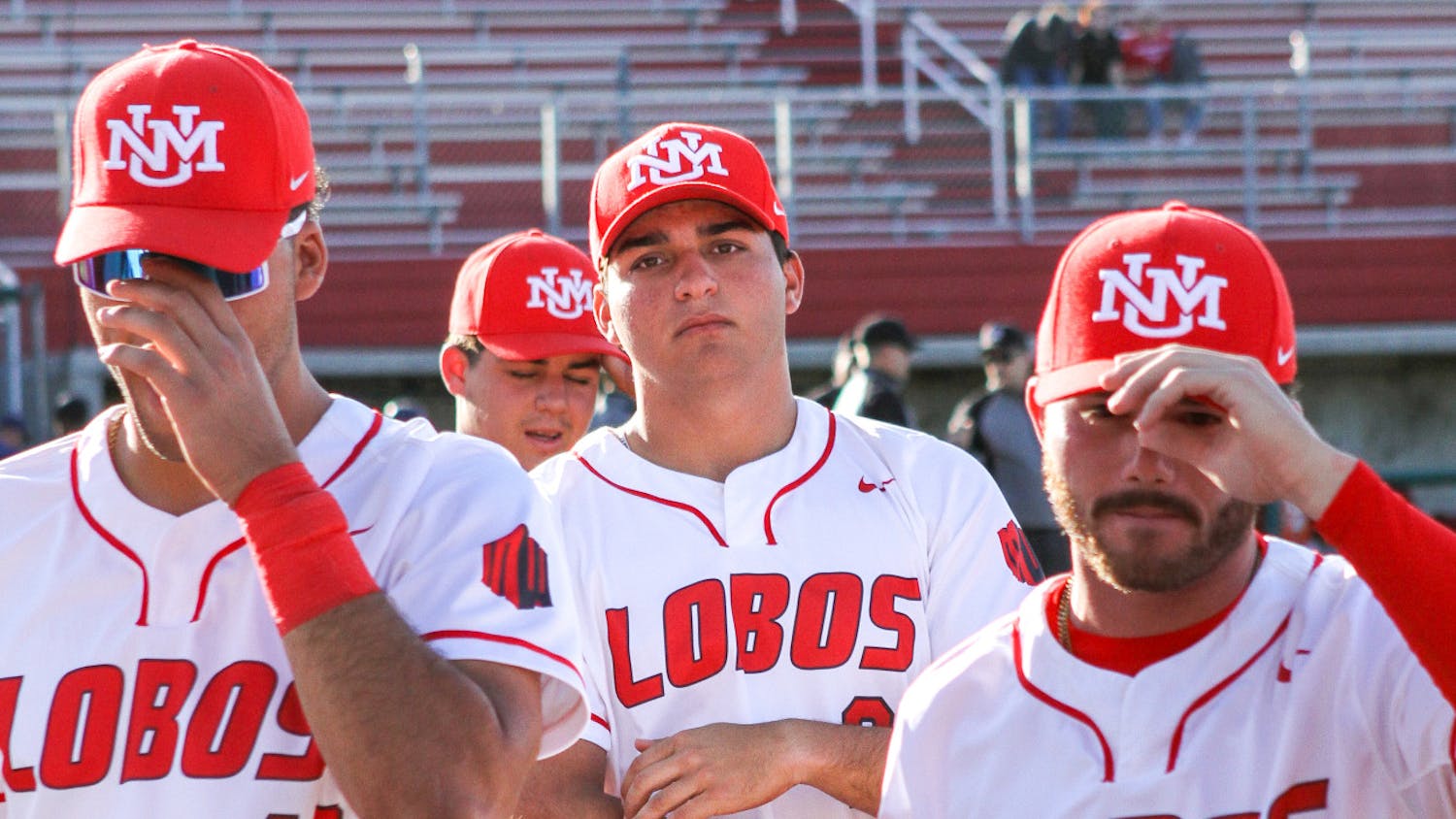Editor's Note: This piece was originally published online in the UNM BioBlog on Sept. 12 2012. This is part of our new project to help connect the Daily Lobo audience to more members of our community.
In February of this year, the New York Times published an article called "Why don't Americans elect scientists?" — the essay noted that while other nations value leaders who hold advanced degrees in science (German Chancellor Angela Merkel has a doctorate in physical chemistry), it is often a liability in the United States.
In the 2012 House of Representatives, for example, there are only nine scientists among the 435 members; compare that with the 200 who are lawyers. In the United States, science has become a tool to exploit public opinion on controversial issues, or as the article put it, American politicians use numbers “to provide decoration rather than information.”
But the modern tension between science and politics didn’t always exist. Consider Thomas Jefferson. When most people think of Jefferson, they recall his role in writing the Declaration of Independence, or perhaps they remember that he was the 3rd President of the nascent United States.
Few today realize that Jefferson was deeply interested in science, especially paleontology. His home at Monticello was virtually a natural history museum, with all kinds of strange objects hanging on the walls.
Because Jefferson’s interest in natural history was well known at the time, his friends often sent him interesting curiosities. The most famous of these were some bones sent by Colonel John Stuart from West Virginia. Discovered by workmen mining sodium nitrate, these bones consisted of parts of an upper and lower arm with extremely large claws at the end of each finger. Jefferson was fascinated. By careful comparisons with the anatomical accounts of other animals, he ultimately decided it was a huge unknown cat of some sort. Presenting his findings at the American Philosophical Society meetings in Philadelphia in March of 1797 Jefferson said, "Let us only say then, what we may safely say, that he was more than three times as large as the lion: that he stood as pre-eminently at the head of the column of clawed animals as the mammoth stood at that of the elephant, rhinoceros and hippopotamus: and (then) he may have been as formidable an antagonist to the mammoth as the lion to the elephant."
Jefferson named this creature Megalonyx (great claw). Along with others of his day, the idea of extinction was a novel and implausible concept; he was convinced that these animals were to be found somewhere within the unexplored reaches of the vast American continent. He bolstered his argument with vivid accounts of frightened frontiersman that had been terrified by large unknown animals that roared, as well as rock drawings resembling lions that had been found out west.
He went on to say, "In the present interior of our continent there is surely space and range enough for elephants and lions, if in that climate they could subsist; and for mammoths and megalonyxes who may subsist there. Our entire ignorance of the immense country to the west and northwest, and of its contents, does not authorize us so say what is does not contain."
Regrettably for Jefferson, he was to soon to discover he was wrong on both counts. A few months before his talk, he encountered an article written by the eminent scientist Georges Cuvier in Paris describing a newly found fossil from Paraguay, which closely resembled Jefferson’s. The engravings of the almost complete skeleton also depicted a creature with huge claws. But, with the entire specimen intact, it was clear that the animal was more related to living sloths. Although Jefferson wasn’t entirely convinced, he toned down his description to “an animal of the clawed kind.” He remained hopeful that Lewis and Clark might encounter the creature in their travels, but that alas did not come to pass.
Jefferson was credited with the discovery of Megalonyx, and in 1822, the French scientist Anselme Desmarest named it after him. From more complete fossils, we now know it was a massive animal about 3 meters long and over 600 kilograms. The three well-developed claws that caused the confusion were probably used to strip leaves or manipulate branches.
Jefferson’s interest in science continued after he was elected President.
Although he couldn’t participate directly (he did, after all, have to run the country!), he financed several private scientific expeditions to the Big Bone Lick quarry in Kentucky. Sadly, he had a considerable amount of bad luck getting delivery of the ensuing discoveries. In one instance, his fossils were stolen by an unscrupulous middleman and sold in Europe; in another, the boat containing the fossils sank en route to him in Washington. Many fossils were crushed during excavation and preparation. However, he did eventually receive a large shipment from his expeditions. With the help of Caspar Wistar, a friend and leading anatomist, he eagerly unpacked and sorted the fossils. The two men worked in what would later be called the East Room of the White House. Today, this room, with its crystal chandeliers, marble mantels and oak floors, is used for highbrow musical events and entertaining, as well as press conferences and other ceremonies. It’s difficult to envision any modern President sitting on the polished floors spending hours unpacking and sorting dirt-encrusted fossils.
Get content from The Daily Lobo delivered to your inbox
At some point in our political history, the pursuit of science became unpopular. Indeed, there is now a deep distrust for scientists among much of the public. This is unfortunate given the highly complex and technical world we live in. And, maybe it is because, as the New York Times article said, “a scientific approach to problems and issues often leads to conclusions that are at odds with religious and cultural beliefs and scientists are sometimes tone-deaf to the social environment in which they state their conclusions.” It is almost inconceivable to envision any modern politician – democrat or republican — having the passion and interest to spend days covered in dirt examining the remains of long-dead animals. Maybe our country would be better off if they did.
Felisa Smith is a guest columnist at the Daily Lobo. She can be contacted at fasmith@unm.edu.





